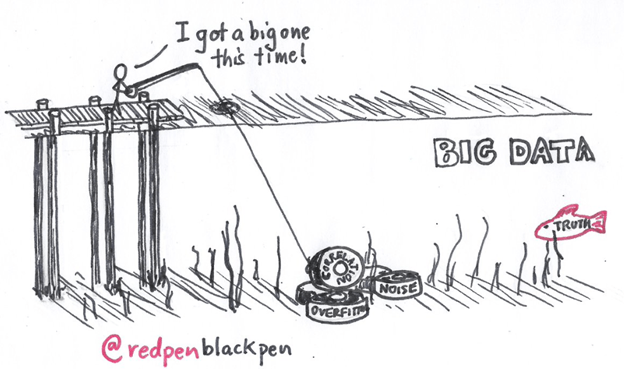The COVID-19 crisis has forced many governments to rethink the way they are offering public services to their citizens. It highlighted the importance of a government’s ability to deliver its services (such as financial support) in an easily accessible and timely manner. But at the same time, the pandemic also revealed how slow the digital transformation of public services has been compared to the private sector in many countries.
In addition, many governments face a shortage of personnel, having difficulties attracting young talented individuals. In contrast, citizens’ needs are diverse and dependent on personal circumstances increasing the complexity in processing applications. Therefore, long processing and waiting times are not surprising to anyone who had to register their vehicle or change their residency recently. In Germany, for example, the average duration of visits to public service providers is around 2,5 hours and waiting times for appointments are often around 3 months for larger cities. However, citizens have the same high expectations for public services as they do for services in the private sector necessitating a change in current practices.
How AI can help
There are various ways in which AI can enhance and facilitate the provision of service in the public sector.
The automatization of processes in currently labor-intensive tasks is one of them. AI’s support in the proceeding of requests and applications would allow reducing the administrative burdens for authorities consequently minimizing the workload for the limited staff. A popular example for such an application is the processing of tax assessments. The freed-up resources can then be redirected to more urgent tasks leading to faster case processing on all levels.
Furthermore, AI can facilitate interactions with citizens through chatbots. Currently, communication with citizens requires a high amount of manual workload resulting in long delays in response. Countries like Singapore or Italy, which have (partly) implemented chatbot solutions have experienced a significant decrease in processing times leading to an increase in citizens’ satisfaction.
Challenges
To reap the benefit of AI solutions many steps must be taken. First, advancements in the technology infrastructure and data systems of governmental organizations are necessary to allow for the implementation of AI solutions. Currently, too many public sector organizations still rely on analog ways of communication. Furthermore, coordination and integration between government agencies are required. In many countries, like in Germany, the governance structure of public sector organizations is very fragmented calling for a coordinated effort and holistic approach to leverages the advantages of AI. Lastly, there are various criteria the underlying algorithms must fulfill such as stability, fairness, accuracy, and explainability to ensure an unbiased nature of the algorithm and facilitate trust promoting the adoption of AI solutions.
In light of the evident benefits of AI and the way, intelligent algorithms can help alleviate the difficulties the public services industry is currently facing governments should focus on tackling these challenges for the implementation of AI solutions rather sooner than later. The pandemic has left no room for inefficiencies in our ever more complex society and should be considered as a wake-up call.
Sources:
https://www.accenture.com/_acnmedia/PDF-75/Accenture-AI-Genuine-Impact-Pov-Final-Us.pdf#zoom=50











